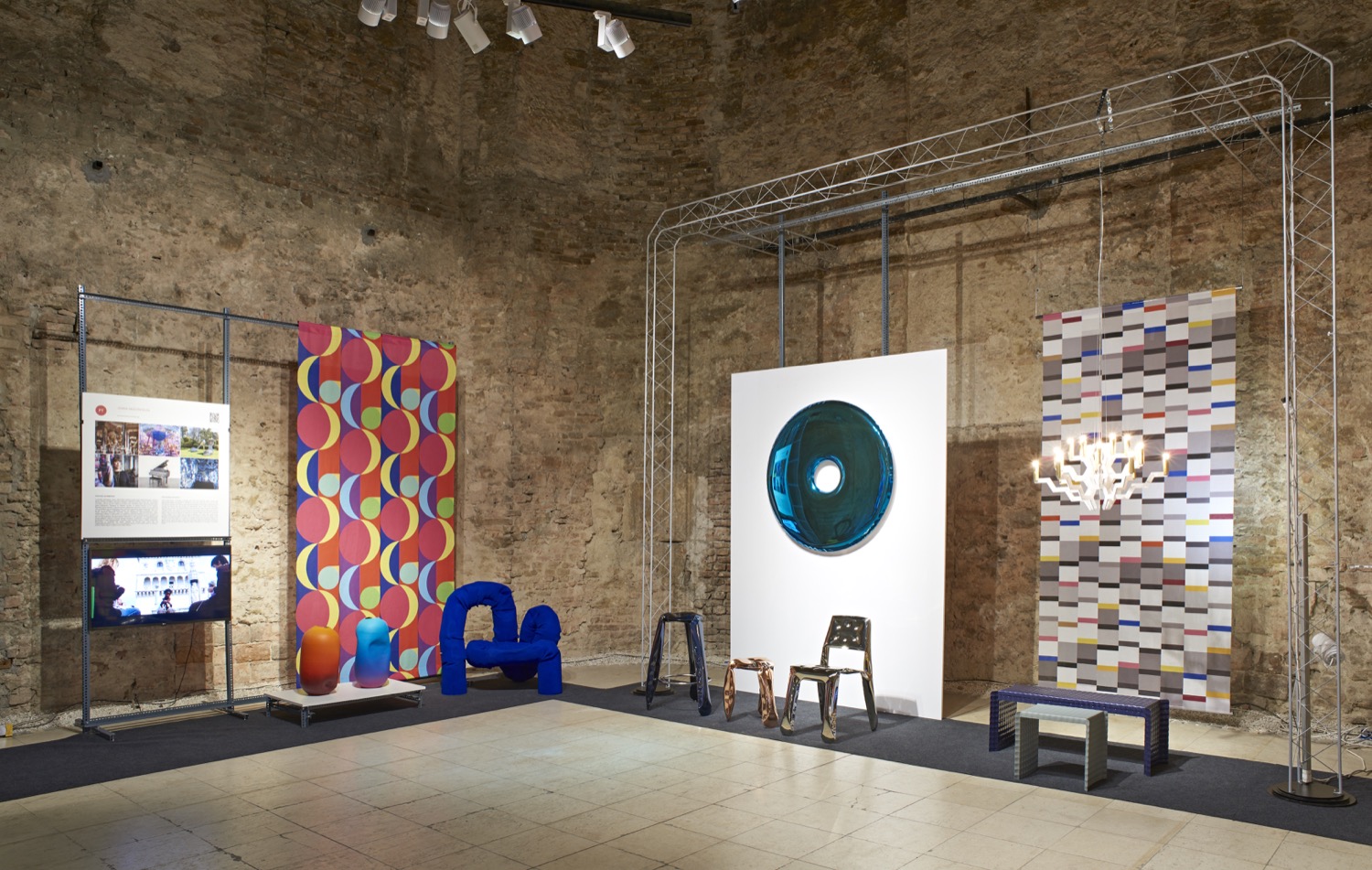Design Without Borders is one of the most significant art events in the region, this year presenting works by designers, artists, furniture and jewellery-makers from 14 countries.
Integral to the exhibition are the presentation of Szilvia Sziget’s textile design project, Texthibition, and the student works of various art and design schools. This year, you can also explore creations by students from the universities of Bratislava, Warsaw, Plzeň and Vienna, as well as Budapest’s own MOME Design Institute.
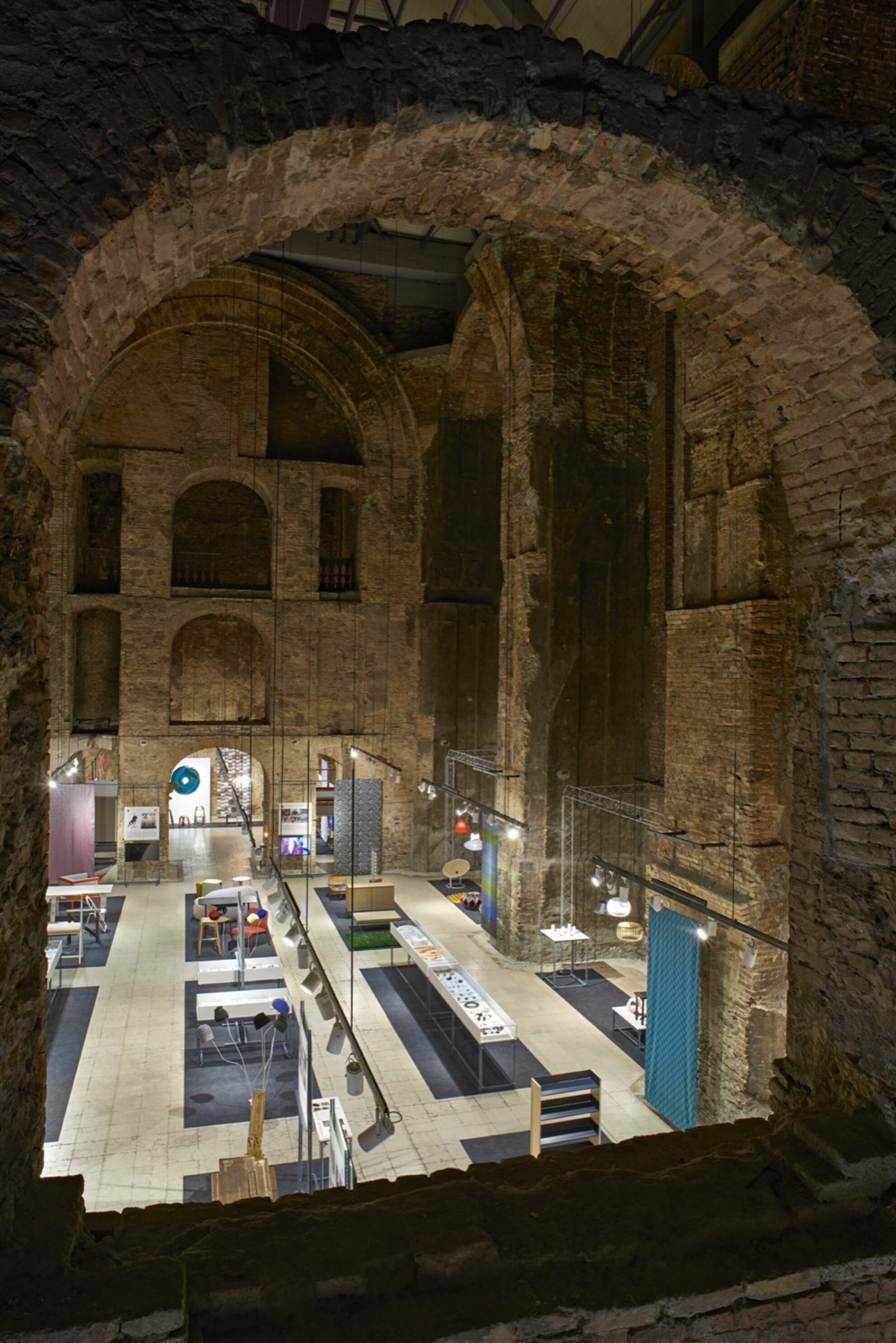
It’s particularly striking to contemplate such 21st-century concepts as you wander around a Baroque monastery dating back to the 1700s. Design Without Borders uses video, furniture, jewellery and everyday objects to illustrate how today’s designers think, how to act against pollution, how to help those on society’s margins and how to embrace fallen traditions or revive them.
While standing in front of two completely ordinary-looking white chairs, you might come to understand how design now means more than stylish furniture or special jewellery. Design-based thinking is the starting point for development, education and problem solving, raising awareness of the importance of social responsibility.
Design is, in fact, an active part of making our environment better today. The two white chairs were made by Eugeni Quitllet’s award-winning Ibiza series, recycled from fishing nets drifting off the island’s shores and other plastic waste.
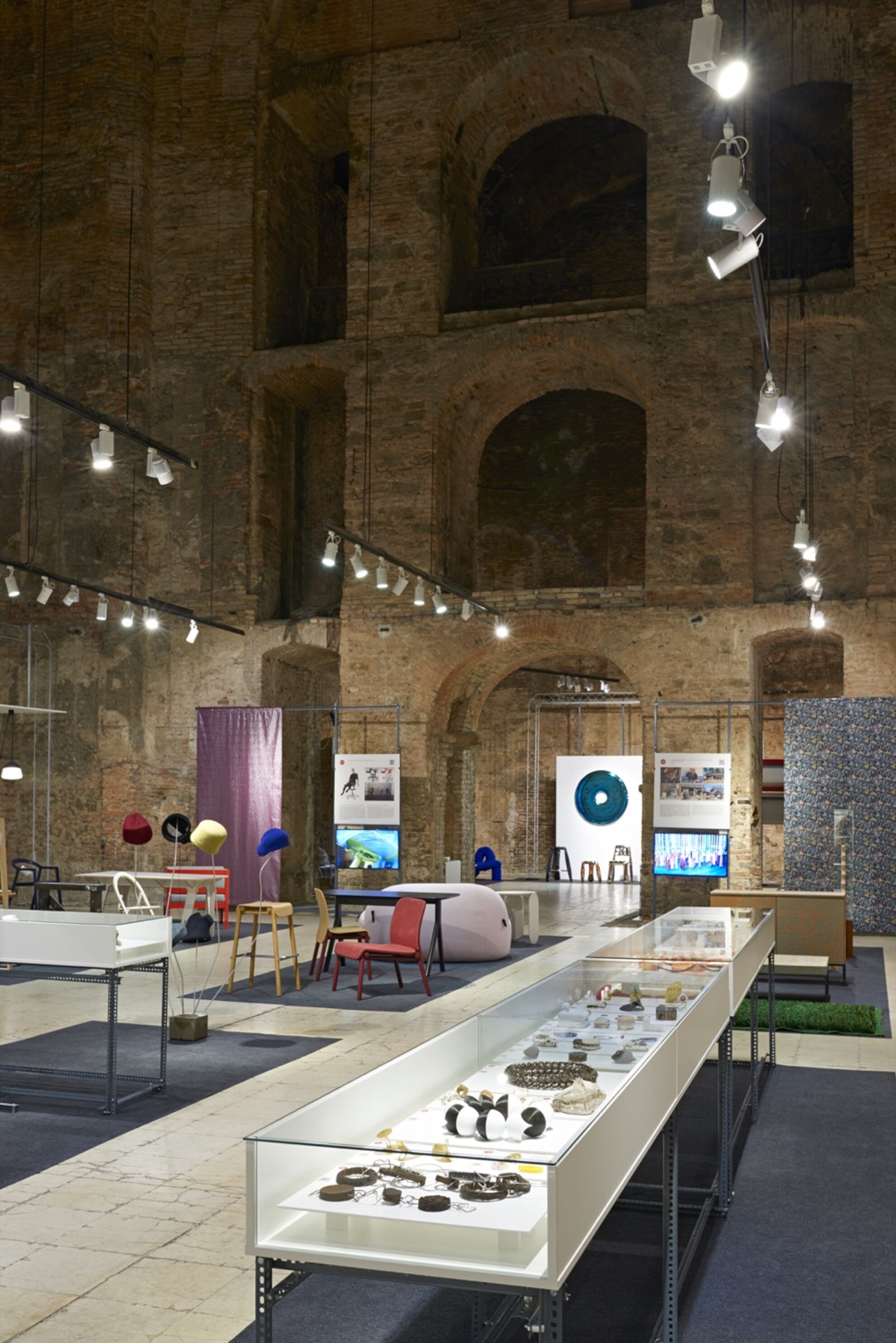
You can see many other exciting examples of recycled paper, metals, textiles or even food waste, but what about household garbage? Some of these end up in landfills, others are incinerated. Electricity can be extracted from it, but what can the remaining waste be used for? For years, a Dutch designer has been researching how this grey mass can be recycled. Their solution is furniture made of modular elements pressed out of it, its appearance fresh and spectacular.
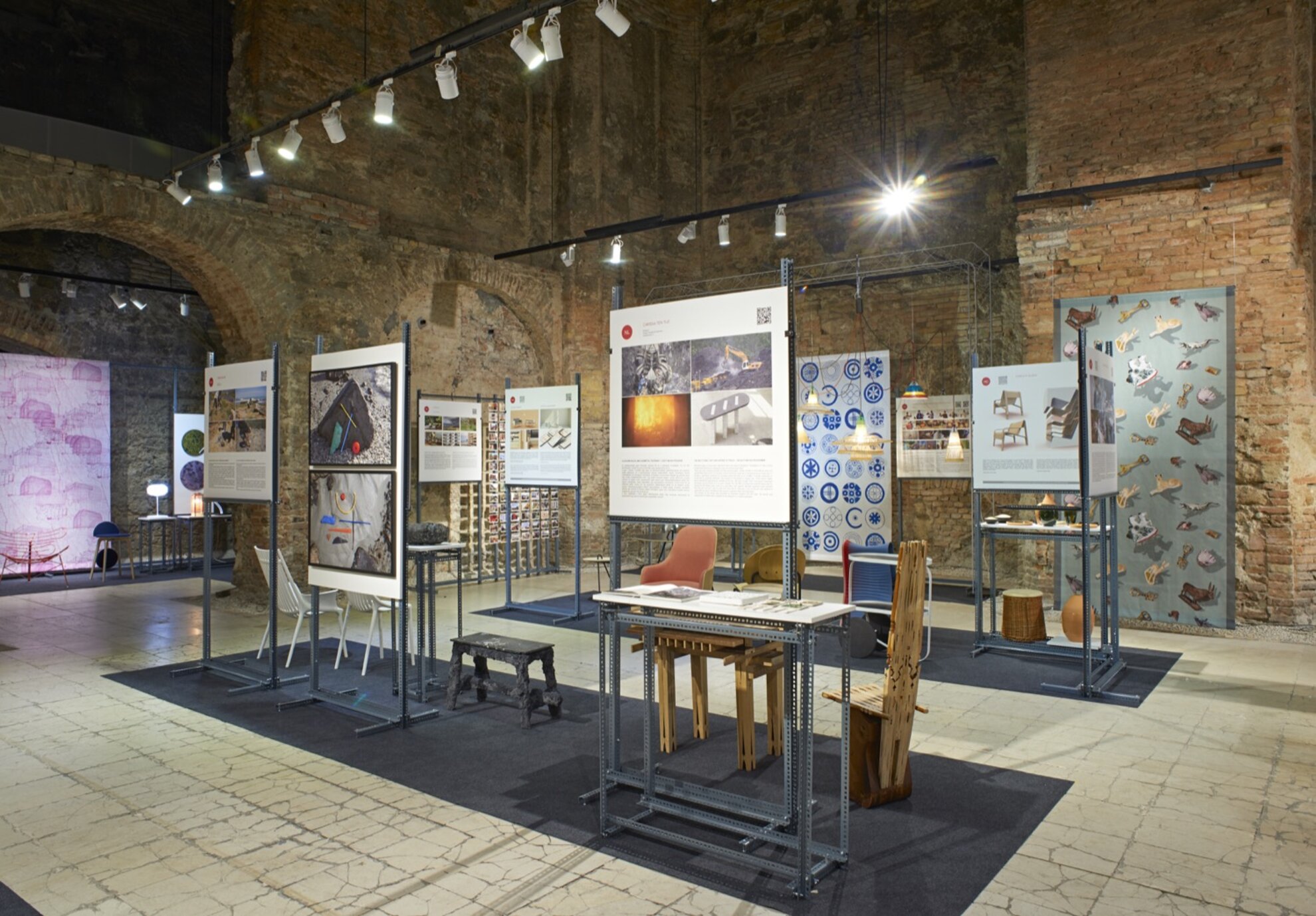
Every minute, 34,000 plastic bottles go into the sea. Disposable plastics will be banned in Hungary from January 2021, with other countries following suit, but millions of bottles are already floating around the water. As an exciting result of recycling and traditional braiding techniques, the lampshades presented here were conceived by Álvaro Catalán de Ocón, with the aim of showing that design can also preserve traditional ways of life.
Another example is by Bálint Szalai. Szia, itthon vagy? (Hi, Are You Home?) is a series of objects that combines craft traditions from the designer’s home town with a contemporary approach, seeking to broaden the possibilities of the craftsmen who still live there.
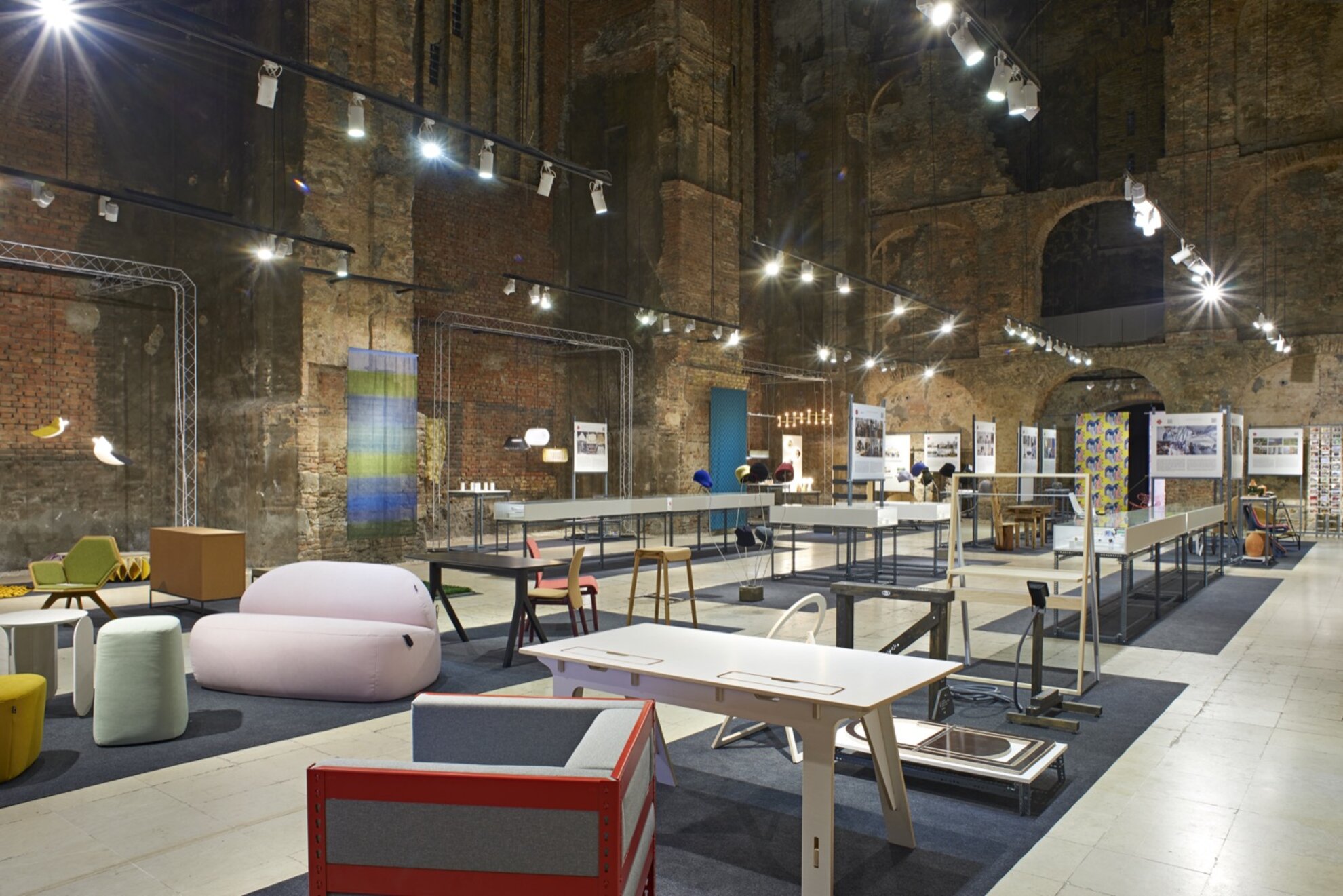
Design Without Borders brings together international exhibitors and provides space where different branches of art can dovetail, while expressing its intention to showcase a wide range of interpretations of design. Environmental awareness is only one of them.
The exhibition is also part of Design Week Budapest and the CAFe Budapest Contemporary Arts Festival.
Kiscelli Museum
District III. Kiscelli utca 108
Trams 17, 19 & 41 to Szent Margit Kórház
Open: Tue-Sun 10am-6pm. Exhibition runs until 15 November.
